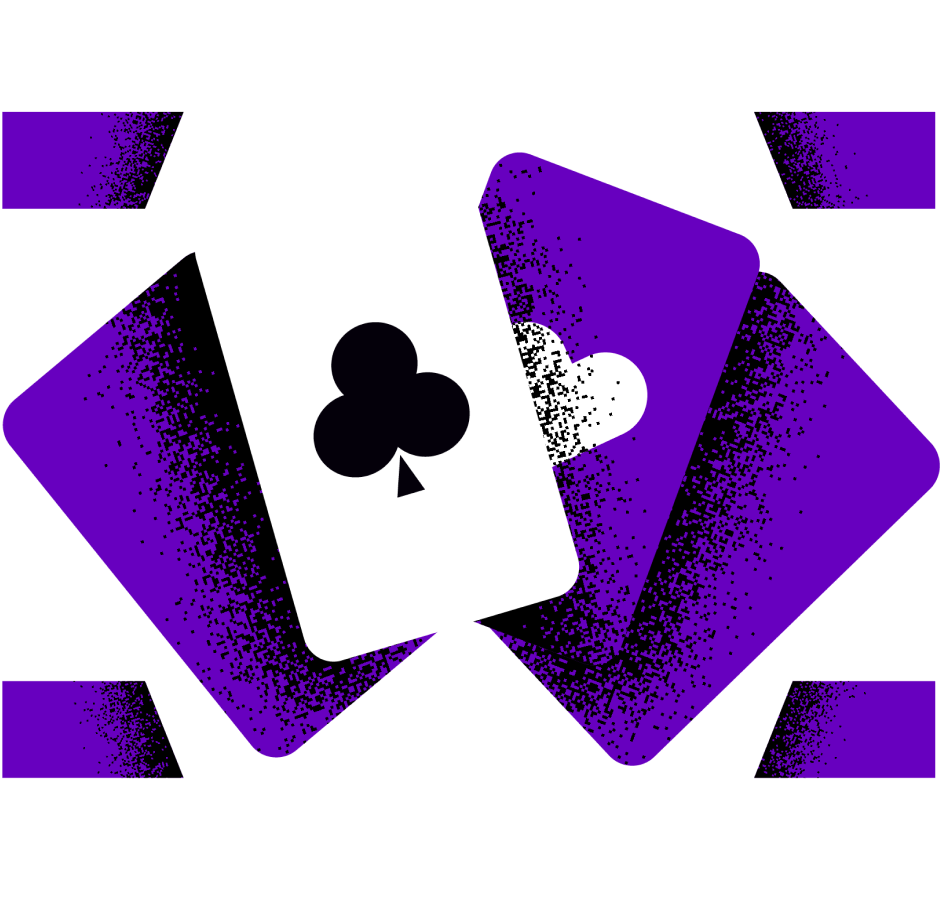NoMercy Monday: How to Use Your “M” in MTTs
In this strategy series, CoinPoker’s Chief Community Manager and pro poker player Isabelle “No Mercy” Mercier walks you through the basics of the game. Each No Mercy Monday comes with expert advice on how to play, and it all starts with starting hands. *** Knowing how to play your starting hands, understanding the notion of … NoMercy Monday: How to Use Your “M” in MTTs
Strategy
In this strategy series, CoinPoker’s Chief Community Manager and pro poker player Isabelle “No Mercy” Mercier walks you through the basics of the game. Each No Mercy Monday comes with expert advice on how to play, and it all starts with starting hands.
***
Knowing how to play your starting hands, understanding the notion of position, the art of bluffing, being aggressive, and calculations & pot odds, are five concepts that are part of the most important strategies in No Limit Hold’em Poker.
We covered these over the past few months, and in this latest chapter, we will explore another poker math theory that is best known as the “Magic Number”. A couple of weeks ago we covered how to calculate your M, and now we’ll move on to showing you how to use it at the table.
How to Use Your “M” in Poker Tournaments
Using your “M” is close to taking into account “number of big blinds”, which is what most players do in tournaments to determine their style of play. However, it is a formula that is much more precise than the number of BB, because it takes into consideration the antes as well.
The question now remains, how to use this “M” in real life situations?
You take your stack size and you divide it by the total of chips necessary for a complete round of play, including the antes.”
First of all, remember that this concept is applicable in tournament play and that it should guide your actions at all times. You take your stack size and you divide it by the total of chips necessary for a complete round of play, including the antes.
The guidelines exposed here are applicable in a normal tournament situation, where the starting stack is quite big, and the structure is quite slow. The general standards in a situation like this are the following:
- M = 10+, Green light: You can play your regular style of poker with all the normal strategies.
- M = 7-8-9, Yellow signal: Your chips are precious, and you should not invest them in marginal or drawing hands.
- M = 4-5-6, Orange zone: You should look out for a spot to go all-in after a single raise, as you still have enough chips to induce a fold.
- M = <3, Red alert: It’s time to go all-in as soon as possible, especially when you’re the first player to enter the pot.
These are valuable parameters that should guide you during your tournament play. However, as mentioned, they are applicable during deep stack or deep structure events.
If you are playing online at the final table of a tournament and you are one player out of the money while everyone has M = 2, do not panic by going suicidal and making all-in moves every other hand! Always watch and adjust your play according to the situation.
Stay tuned for our next chapter, where we will go over a couple more concrete examples on how to use your “Magic Number”.
Join me weekly in the Hubble Bubble tournaments and Sunday’s Andromeda events to practice your skills and try to win my 10,000 CHP or 25,000 CHP bounties!
– Isabelle “No Mercy” Mercier
Explore More
CoinPoker
The best crypto poker room available. Play poker anywhere in the world through coinpokers app or desktop application. You will find an extensive poker game selection available
5 PostsHelp
Need help understand Crypto poker, how to deposit or withdraw crypto at coinpoker or create a coinpoker account, then this is the place
1 PostsNews
Find the latest poker news from coinpoker. Updates about games, promotions and other exciting crypto news.
130 PostsPromotions
Find the latest coinpoker promotions here. Explore the crypto poker world with the best poker promotions available.
51 Posts
















